Scientific name Aruncus Rank Genus | ||
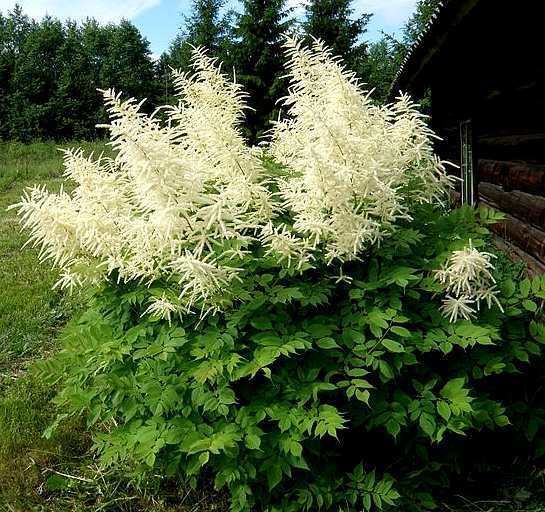 | ||
Similar Aruncus dioicus, False goat's beard, Astrantia, Lady's mantles, Brunnera | ||
Aruncus dioicus kneiffii
Aruncus is a genus of clump forming herbaceous perennial plants in the family Rosaceae. Botanical opinion of the number of species differs, with from one to four species accepted. They are closely related to the genera Filipendula and Spiraea, and are native to mountainous damp woodland in temperate regions of the Northern Hemisphere. Creamy white plumes of flowers are produced above veined and toothed leaflets.
Contents
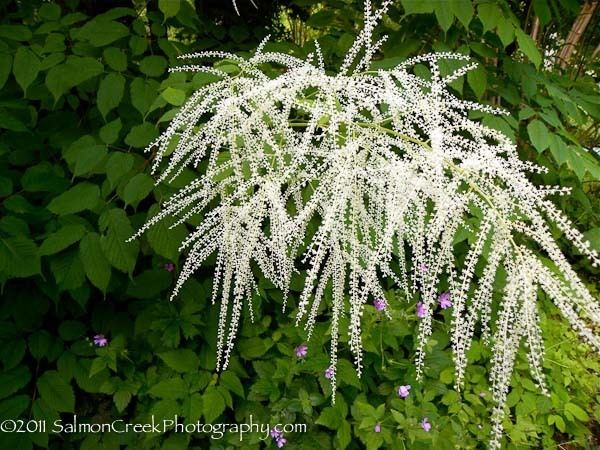
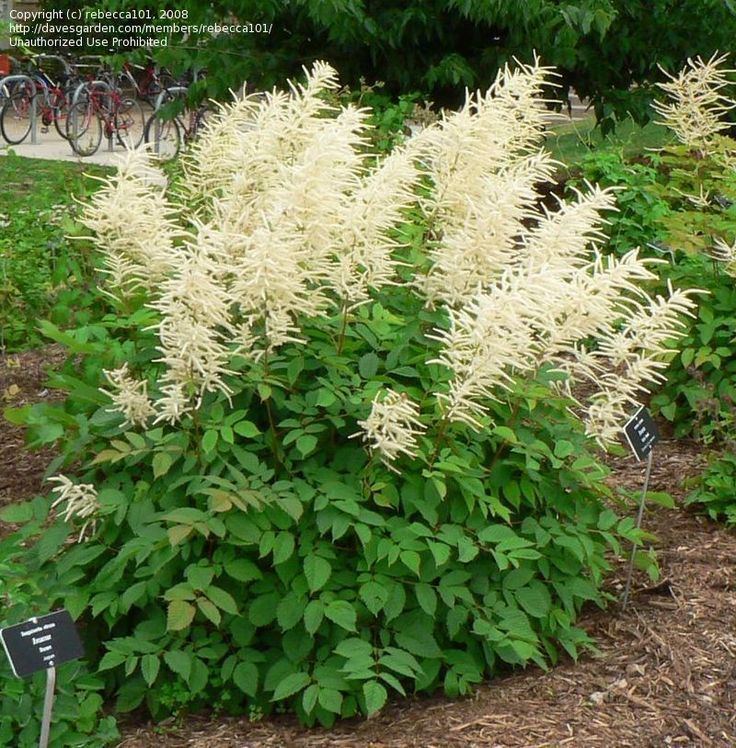
Aruncus dioicus
Cultivation
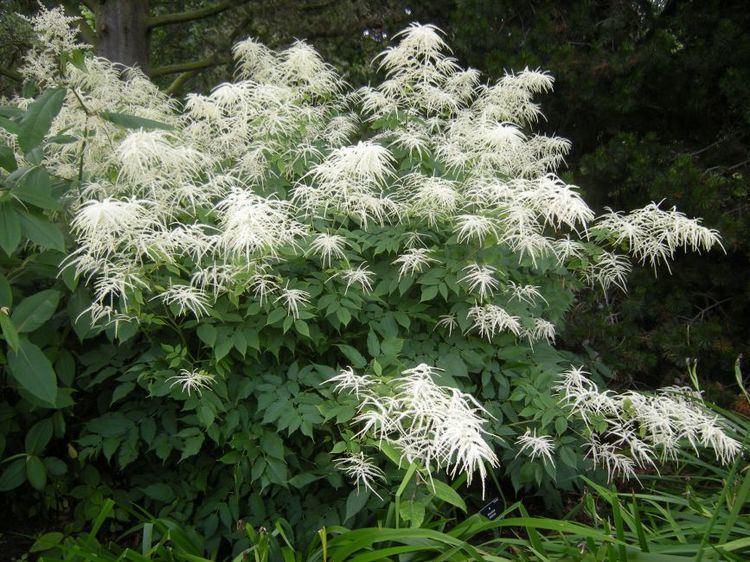
Goatsbeard does well in USDA Plant Hardiness Zones 4-9 in almost any soil, in sun, or light shade. Set plants approximately 18 - 24 inches apart. To get new plants, divide clumps in spring or fall; otherwise clumps can remain undisturbed indefinitely.
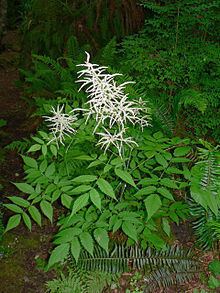
Medical uses: A poultice from the root is applied to bee stings. A tea made from the roots is used to allay bleeding after child birth, to reduce profuse urination and to treat stomach pains, diarrhea, gonorrhea, fevers and internal bleeding. Use the root tea externally to bathe swollen feet and rheumatic joints. A salve made from the root ashes can be rubbed onto sores.

